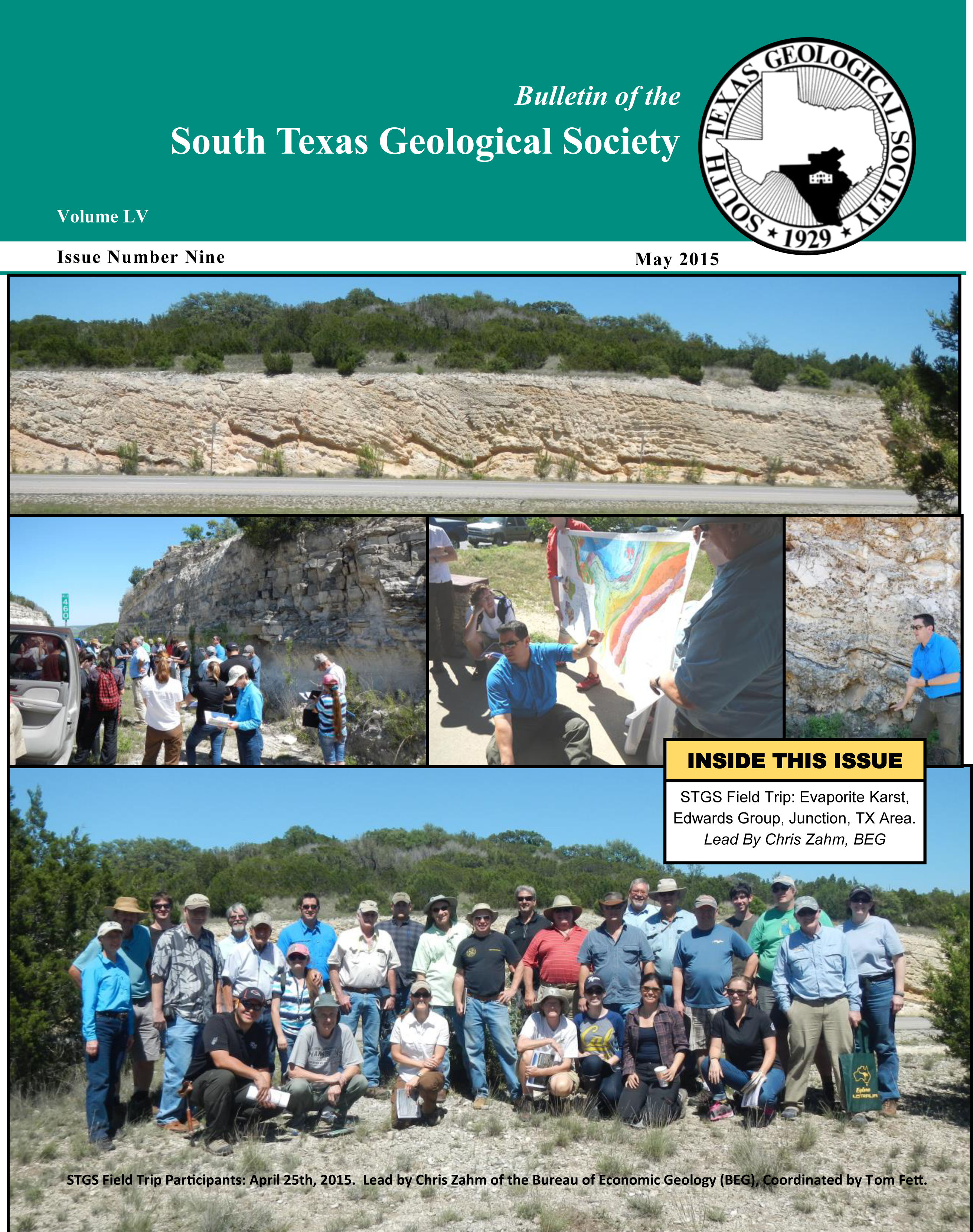Investigation Of Methods In Fluorescent Dye Extraction From Activated Charcoal For Use In Dye Tracing
By Alyssa Blaise Kirkendall¹, Dr. Yongli Gao¹, and Geary Schindel²
¹The University of Texas at San Antonio; ²Edwards Aquifer Authority
Abstract
Dye tracing in water is a powerful tool used by hydrologists to determine groundwater flow paths, time-of-travel, and potential contaminant transport mechanisms in karst. This thesis tested the effectiveness of common eluents used to extract fluorescent dye absorbed by activated charcoal used in dye tracing. The objective was to test laboratory methods of dye extraction from charcoal to determine the reliability of charcoal and optimize processing methods for use in dye tracing studies. Two hypotheses were formulated and tested: 1) charcoal use in dye tracing is an effective and reliable method for obtaining data; and 2) eluted dye samples can be stored for at least one month with minimal change in concentration.
Elution solutions and methods for the analysis of charcoal for dyes varies widely in practice and in literature. There are no “standard methods” for dye analysis between different laboratories. Field work and laboratory testing were performed to better understand some of these eluents and how they affect the dye elution process. The eluents tested were solutions of 2-propanol and sodium hydroxide (Eluent A), 2-propanol, aqua ammonia, and potassium hydroxide (Eluent B), and 2-propanol with potassium hydroxide (Eluent C).
A tracer test was performed between Joe’s Diet Cave and Cave Without a Name near the city of Boerne in Kendall County, Texas using uranine dye. Samples were taken using charcoal packets, automatic water samplers, and hand samples. The results found a flow velocity of approximately 0.18 km/day between the two caves. This value agreed with a previous study.
Laboratory data were collected by pumping solutions of five different dyes through packets of activated charcoal. Dye was extracted from charcoal using an eluent and analyzed with a luminescence spectrometer. Based on laboratory analyses, it was concluded that the extraction of dye from charcoal cannot be completely relied on to determine whether dye was detected in a specific location. It was also determined that long-term storage of samples of dye containing elutant do not cause a statistically significant decrease in dye concentration.
For future work it is recommended that the adsorption rate of charcoal be tested, and unfiltered spring water be used to dilute dye, simulating actual field conditions. A wider range of different experimental designs may help refine analytical techniques for the recovery of dye from granular activated charcoal.











